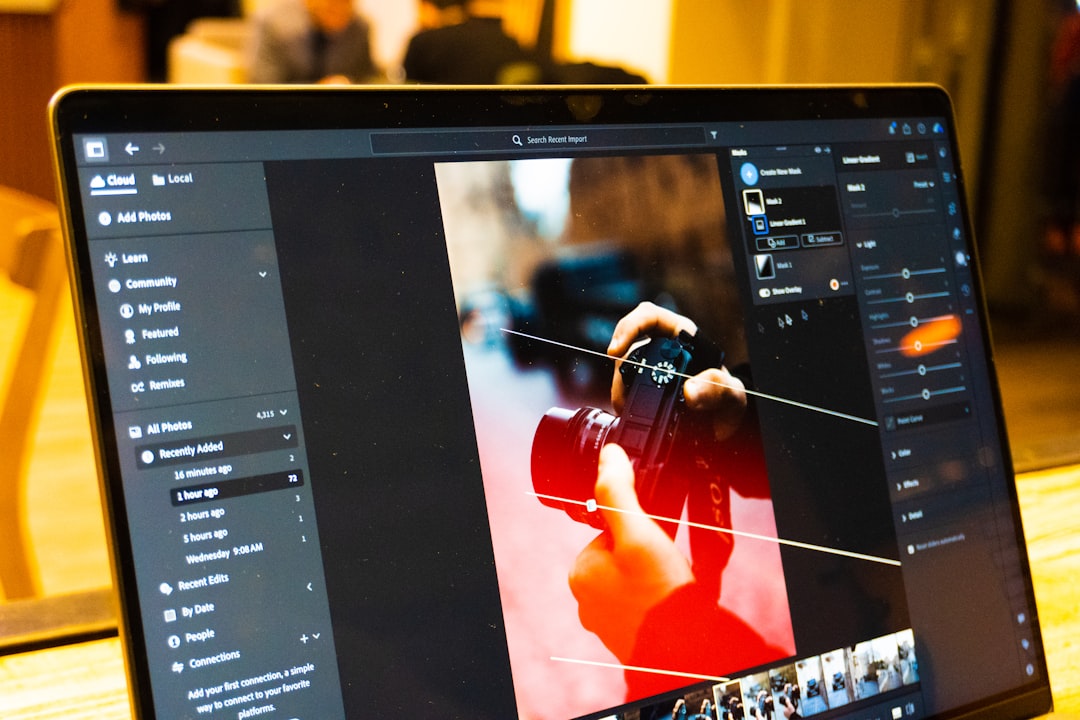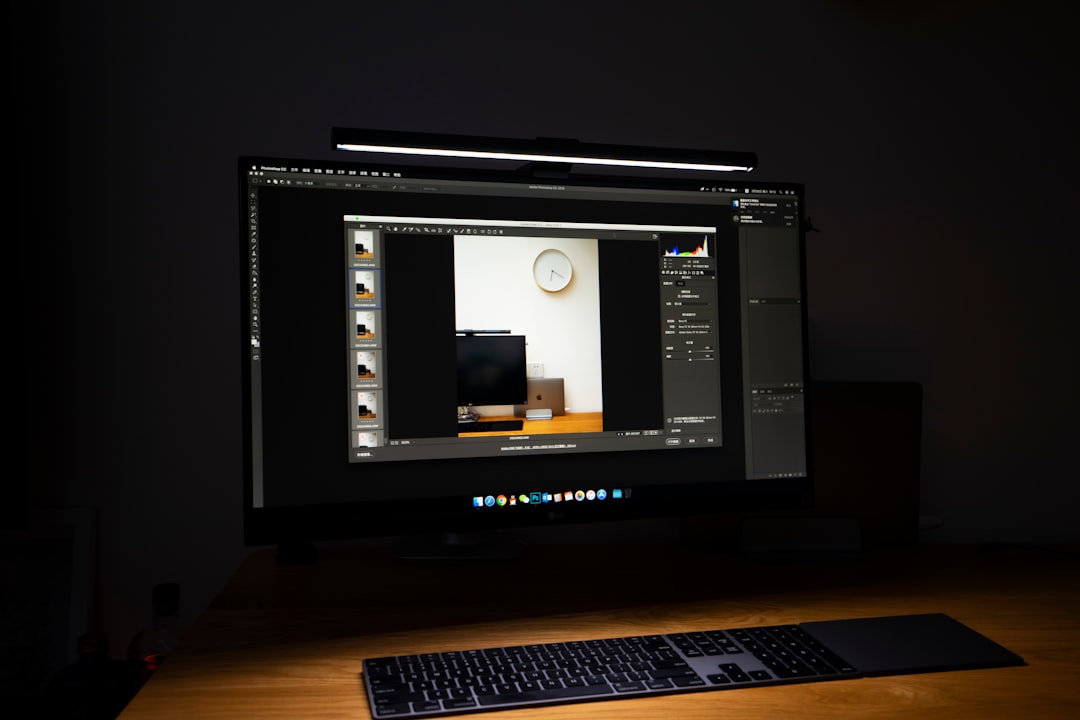The PDN file format is commonly associated with Paint.NET, a popular free image and photo editing software for Windows. Known for its user-friendly interface and robust features, Paint.NET uses the PDN extension to save images in a layered format. This makes the PDN file ideal for projects requiring multiple elements and edits as it stores all the layers, adjustments, and effects. However, since PDN is a proprietary format, not every software supports it natively. Fortunately, there are several tools and programs that provide support for PDN files, either directly or through conversion. This article delves into the top tools and programs best suited for opening, editing, converting, and managing PDN files.
Understanding PDN Files
PDN stands for “Paint.NET” and is the default file format used by the Paint.NET software. Unlike standard image formats such as JPEG or PNG, PDN files preserve the individual layers of a composition, along with opacity settings, blending modes, and other effects. This makes it similar to the PSD format used by Adobe Photoshop.
Given its specialized nature, the typical use-case for PDN files is within image editing projects where a user expects to revise and adjust layers independently. To gain the most advantage from these files, using a compatible editing tool—ideally Paint.NET itself—is essential.
Top Tools That Support PDN File Format
1. Paint.NET (Primary Editor)
Compatibility: Full Native Support
Paint.NET is the original platform for creating and editing PDN files. It is an easy-to-use yet powerful image editor that supports layers, special effects, transparency, and many other advanced editing features. The PDN format is optimized for Paint.NET, offering complete data retention for comprehensive post-editing.
Being free and open-source, Paint.NET remains the first choice for most users dealing with PDN files. It also has a robust community with numerous plugins for additional functionality.

2. GIMP (Via Plugin)
Compatibility: Partial Support (With Plugin)
GIMP (GNU Image Manipulation Program) is another popular open-source image editor, on par with Photoshop in many respects. While GIMP doesn’t support PDN files out of the box, there is a plugin available called the Paint.NET FileType Plugin that allows GIMP to open PDN files.
Installation of this plugin may require moderate technical know-how but results in consistent compatibility for users wanting to edit PDN files without Paint.NET. However, some details like layer effects might not translate perfectly.
3. Adobe Photoshop (Via Conversion)
Compatibility: Indirect Support
Although Adobe Photoshop does not support PDN files natively, PDN files can be converted into a PSD or other compatible format using Paint.NET or third-party converters. Once converted, Photoshop can edit these files, preserving many of the original elements like layers and transparency.
This is a good solution for professionals who prefer using Photoshop’s extensive feature set but occasionally receive files in PDN format for collaborative projects.
4. XnView MP
Compatibility: Viewer Only
XnView MP is a multi-format graphics viewer and browser that supports a wide range of image formats. With extended plugin support, XnView MP allows users to view PDN thumbnails or preview content, though it does not support editing or viewing layers.
This tool is useful for those who simply need to identify or review PDN files without making modifications.
5. IrfanView (With Plugin)
Compatibility: Viewer Support (With Plugin)
IrfanView is a lightweight and rapid image viewer with capabilities that can be extended through plugins. Although PDN is not one of IrfanView’s default supported formats, plugins exist that allow it to open PDN files to a limited extent, mostly flattening all layers into a single image.
This makes IrfanView a convenient utility to preview PDN files before deciding whether they require full editing in Paint.NET or another advanced tool.
PDN File Conversion Tools
There are scenarios in which one might need to convert a PDN file into a more mainstream format like PNG, JPEG, or PSD. Thankfully, there are reliable methods and tools to accomplish this:
- Paint.NET: The easiest way to convert PDN is via Paint.NET itself. Just go to “File” → “Save As” and choose your desired format.
- Online Converters: Sites like Zamzar or CloudConvert offer online file conversion that supports PDN. These platforms are useful for one-time conversions without installing software.
- Pdn2Psd Tool: An open-source converter that turns PDN files into PSD format while trying to preserve as much layer data as possible.
Each method has pros and cons, such as limitations in preserving all layer features or size restrictions on uploads. It’s essential to verify compatibility depending on the intended output format’s use case.
Reasons to Use PDN Over Standard Formats
For any designer or digital artist working on iterative projects, using PDN files offers unique advantages:
- Layer Preservation: Each graphic element’s layer is kept intact for easy re-editing.
- Non-Destructive Editing: Effects and adjustments can be tweaked without altering the original image.
- File Integrity: Unlike compressed formats like JPEG, PDN retains quality without compromise.
- Project Continuity: Artists can resume work exactly where they left off without losing applied settings or arrangements.
However, it’s essential to remember PDN files are best suited for internal or collaborative use, with final outputs commonly exported to more universally accepted formats for sharing or publishing.

Best Practices When Working With PDN Format
To make the most of PDN files and the tools that support them, users should consider the following tips:
- Regularly Save Projects: PDN can act as a project archive; saving often ensures no work is lost.
- Keep Backup Copies: Before converting, save a backup PDN copy to avoid irreversible flattening or data loss.
- Use Descriptive Layer Names: When converting to other formats, named layers can help maintain clarity.
- Stay Updated: Ensure you use the latest version of software and plugins to maximize compatibility and minimize bugs.
Conclusion
The PDN file format remains an efficient and specialized tool for digital image editing when full creative control is required. While Paint.NET is the go-to application for PDN files, users also have options through plugins, viewers, and converters to interact with this format. Professionals and hobbyists alike benefit from understanding the best tools for handling PDN files, whether for serious photo workflows or casual design projects.
Frequently Asked Questions (FAQ)
- Q: Can I open a PDN file without Paint.NET?
A: Yes, but with limitations. Tools like GIMP (with a plugin) or converters can open PDN files, but not all layer data may be preserved. - Q: Which is better: PDN or PSD?
A: PDN is best within the Paint.NET ecosystem, while PSD has broader industry acceptance, especially with Adobe tools. - Q: Can I convert a PDN file to JPG?
A: Yes, you can convert it using Paint.NET via “Save As” or use an online converter. Note that all layers will be flattened. - Q: Does Paint.NET run on Mac?
A: No, Paint.NET is officially Windows-only, but alternatives like GIMP can substitute for Mac users after conversion. - Q: Are there mobile apps that can open PDN files?
A: Currently, no mobile apps natively support PDN files. Desktop tools remain the most reliable option.